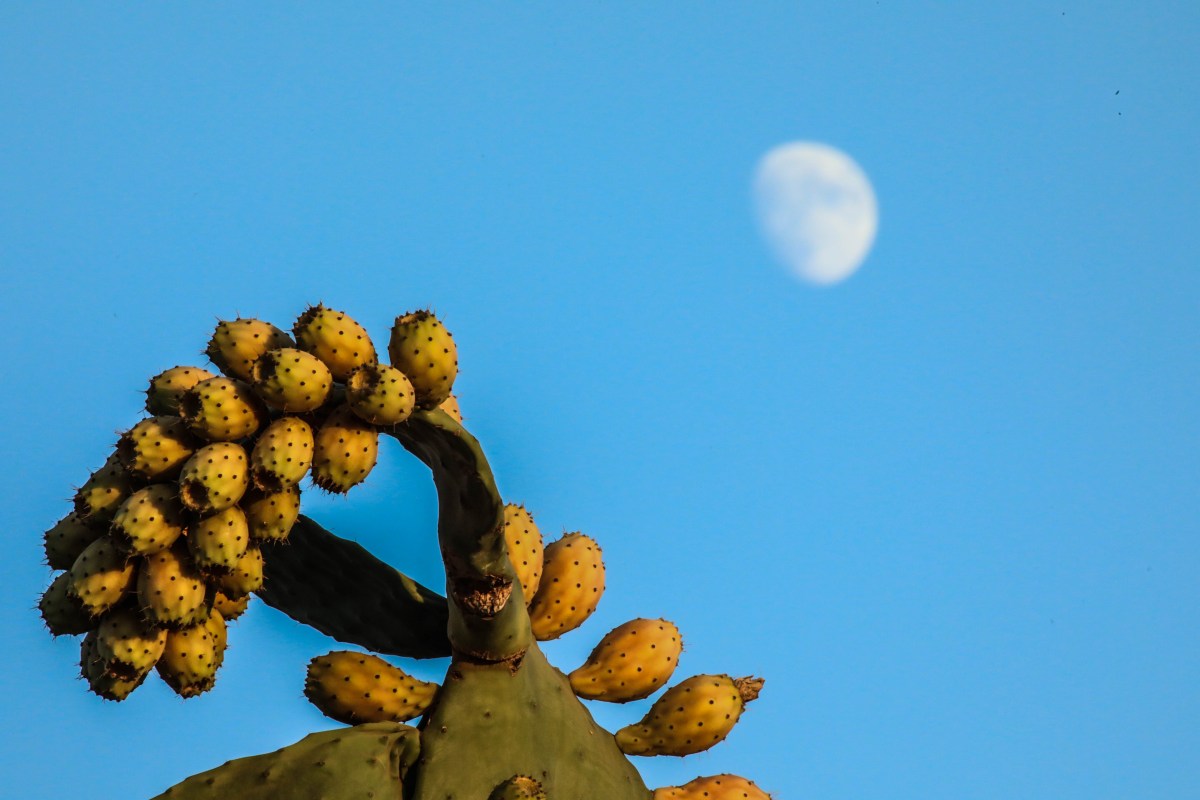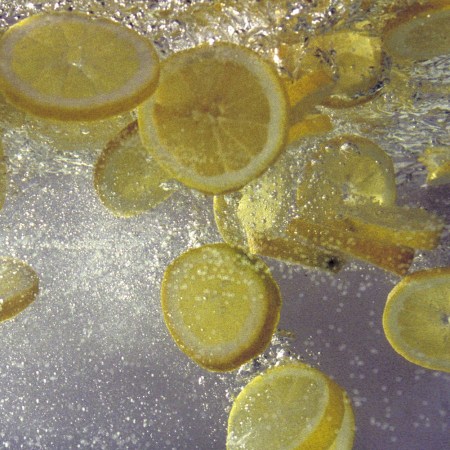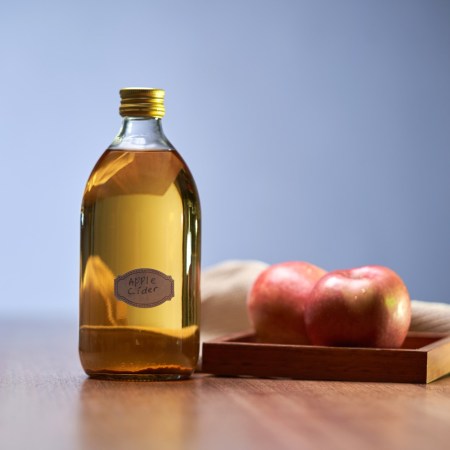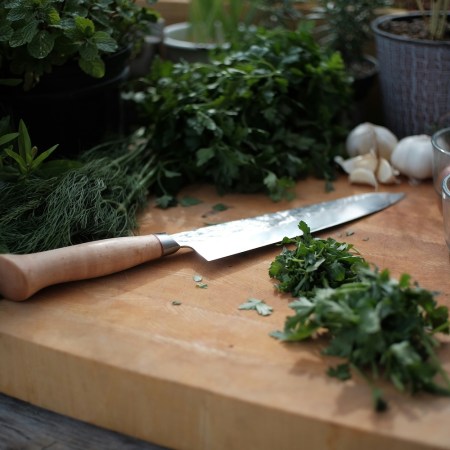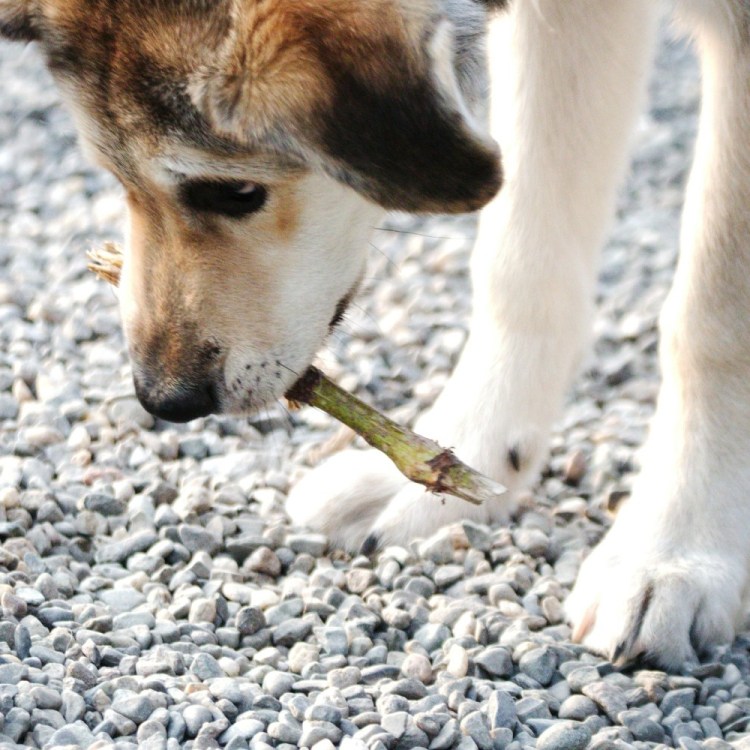Fruit has always been a matter of perspective.
For thousands of years, Europe had little earthly concept of a pineapple. Then Columbus brought samples of the tropical back in the late 15th century (with only one surviving the trip home), and courts subsequently lost their minds. The royals of the day were floored by the spikes, the extravagant leaves, the rich, golden taste. “There is no nobler fruit in the universe,” the French explorer Jean de Léry proclaimed.
It took another 200 years before the fruit was successfully cultivated — with an assist from the Dutch, who introduced greenhouse horticulture to the continent — and by the end of the 1800s, Catherine the Great was eating pineapples grown on her estate in Russia.
You’d be hard-pressed to find world leaders raving about pineapples these days. That’s not because they taste any worse. They’re simply no longer the colonial oddity nor luxury marker that they once were; they’re just pineapples, available fresh, frozen or in a Dole juice can. Five countries export more than $50 million-worth of pineapples a year, and one of them (Costa Rica) exports an astonishing $1.6 billion in pineapples annually.
Anthony Bourdain once said “There’s nothing more political than food.” Fruit would certainly fall under that umbrella; throughout history, various “exotic” fruits were “discovered” by foreign colonizers, then exploited for profits that slaves and sharecroppers never saw.
Not good. And yet, fruit — harmless in itself — has a unique capacity to shift impressions, engender respect and blend the best (and sweetest) of cultures. Bananas, for instance, another highly contentious fruit in the eyes of history, are also now America’s most popular fruit. They’re a breakfast necessity, somehow 79 cents a pound, and inextricably linked with athletics, as at this month’s US Open, where competitors were noshing on them nonstop in between sets. Still, for all their ubiquity, bananas only “got here” less than 150 years ago.
After bananas, rounding out the top 10 most consumed fruits in the United States in 2021 were strawberries, grapes, apples, watermelon, oranges, blueberries, lemons, peaches and avocados. We’re unlikely to see a little-known fruit break into that list, due to standardized agricultural practices and consumer attitudes. But they do exist, in the many dozens; they’re harvested in countries all over the globe, with no obvious compare in our cornucopias.
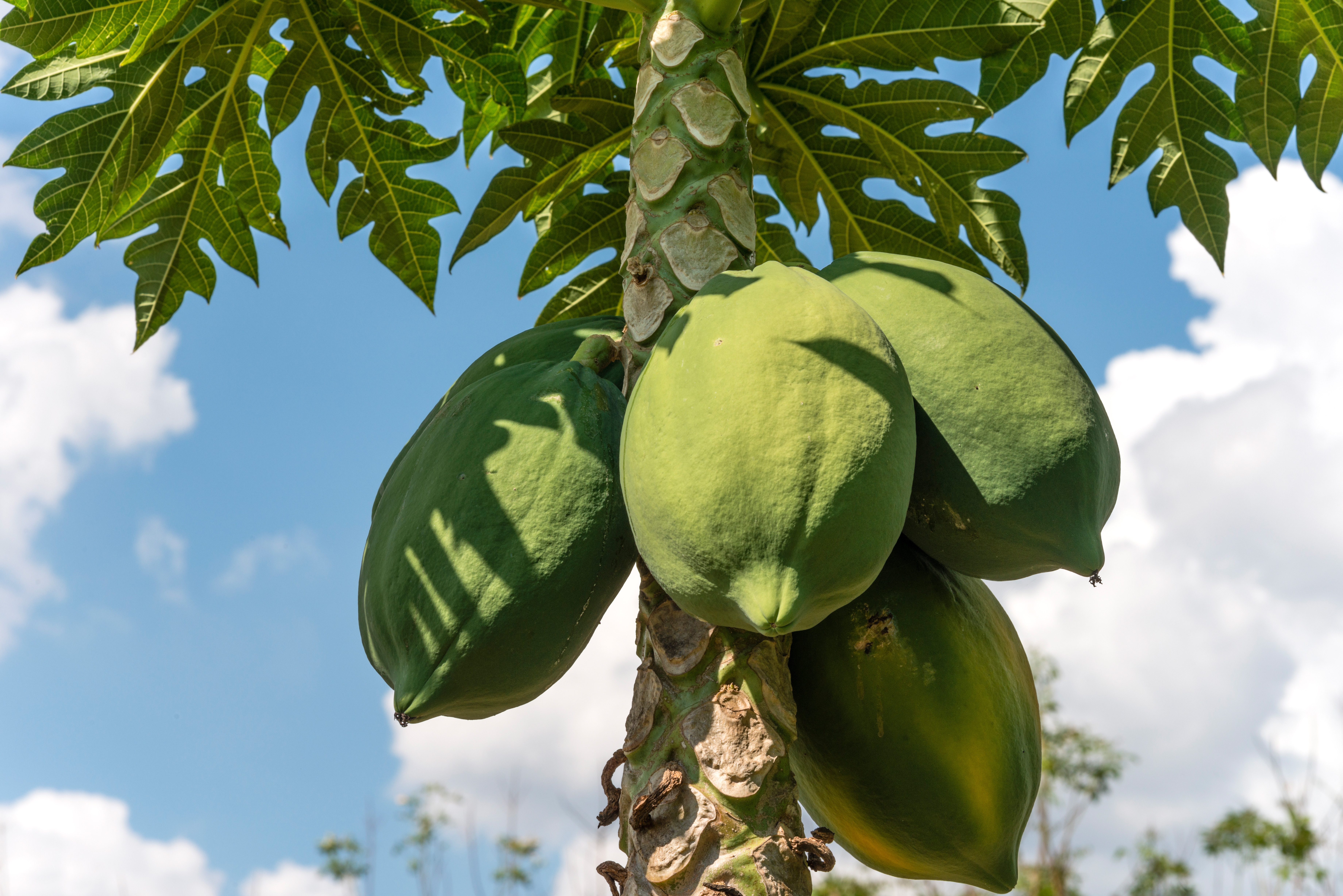
American society today has more in common with the clueless courts of the 1400s that it may care to admit. The citrus family, for instance, goes well beyond oranges, lemons, grapefruits and limes. There are also yuzus, kumquats, pomelos, and a delightful “fingered citron” called Budhha’s hand, which when ripe, resembles an array of outstretched digits. The fruit is popular in Japan and China, for a variety of purposes: to scent rooms, to add zest to desserts, or to gift around New Year’s.
Because there are so many different types of fruit (and forms of fruits that you already consider yourself familiar with; there are 350 mangoes grown commercially worldwide!) it’s easy to feel overwhelmed if you do deviate from the tried and true of apples, oranges and bananas. Alternative fruits — a phrase we’ll use instead of the needlessly otherizing term of “exotic fruits” — have unfamiliar names like soursop, cempedak, langsat, and ber. Where should you start?
Try focusing on one category at a time. Take berries, for instance. There are gooseberries, loganberries, mulberries, boysenberries, salmonberries, aronia berries, marionberries, etc. Some have earned “superfood” status in recent years, others remain more indie. One, the currant, is consumed widely across Europe, while an estimated 99.9% of Americans are incapable of describing its taste. (So, all of us. This quirk of history, again, has its roots in politics; once a threat to the pine industry, currants were a forbidden fruit in the early 20th century. They faded from memory.)
It can help to nail down a reason that you want to add a new fruit to your palate — you may want to bake with it, clean with it, or liven up a plant-based diet with it — but there’s worth in just generally keeping an open mind, and allowing alternative fruits into your life as they present themselves. Look for them at grocery stores, where options like guava, jackfruit, durian and dragon fruit have become more available in the last decade, and especially at farmers’ markets. One reason that most alternative fruits remain alternative, is the fact that they don’t transport well, and have to be eaten fresh.
The pawpaw is a fascinating example. It’s North America’s largest edible fruit, believe it or not, and would’ve been familiar to early Americans. (It was reportedly George Washington’s favorite dessert, and a staple for Lewis and Clark on their expedition across the continent.) But it needs to be frozen if it’s going to travel any sort of long distance, which is one reason it fell out of favor. That said, you can now order seeds to grow your own pawpaw tree for less than $20 online, and grow the Mid-Atlantic-indigenous tree in your backyard. The fruit tastes like a mix between a banana and a mango.
Aside from thorough Trader Joe’s visits, trips to a Japanese grocery store (if you’re lucky enough to have one nearby), or DIY gardening, consider online shopping alternative fruits, which supports fruit farmers and grants you access to permutations way off the Edible Arrangements-beaten path. Miami Fruit, for instance, offers “tropical fruit boxes” with selections of atemoya, ice apples, snake fruit, you name it, and occasional products labeled EXTREMELY RARE, like this season’s bacupari, a mangosteen from the Amazon basin. There are also sites like Northwest Wild Foods, which ship frozen or dried berries of seemingly every variety, and Melissa’s, a marketplace which we love for its quick shipping and detailed page descriptions of each fruit. (Check out the horned melon here.)
Ultimately, while fruit appears to function as a lowly constant in our lives — providing cheap, portable, day-to-day sustenance — the food group has always been much more than that. Fruits have tickled kings and beguiled empires; even today, they offer a blueprint for eating colorfully and thinking differently. Go buy yourself a pineapple this week. You deserve some luxury.
The Charge will help you move better, think clearer and stay in the game longer. Subscribe to our wellness newsletter today.
